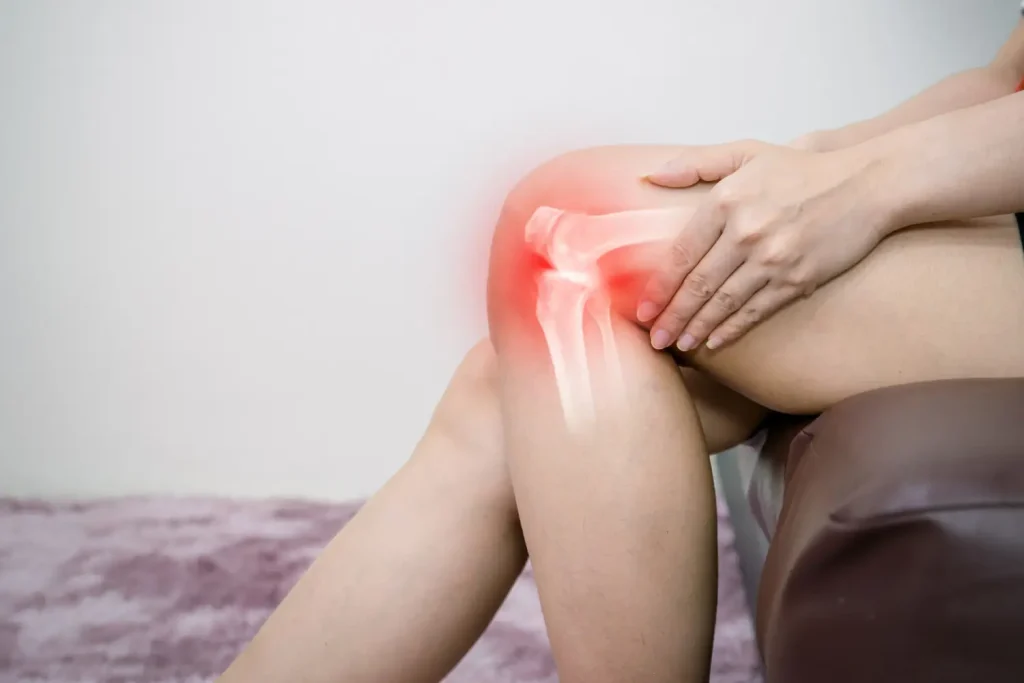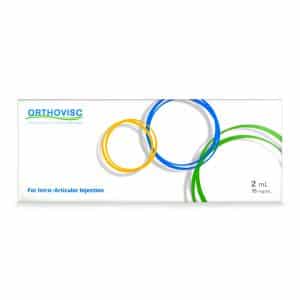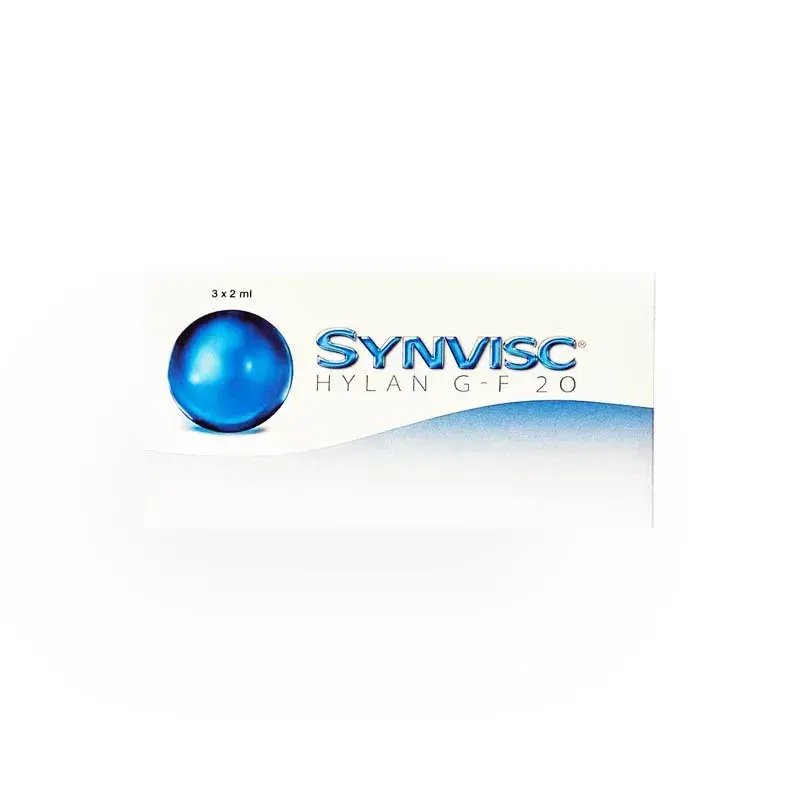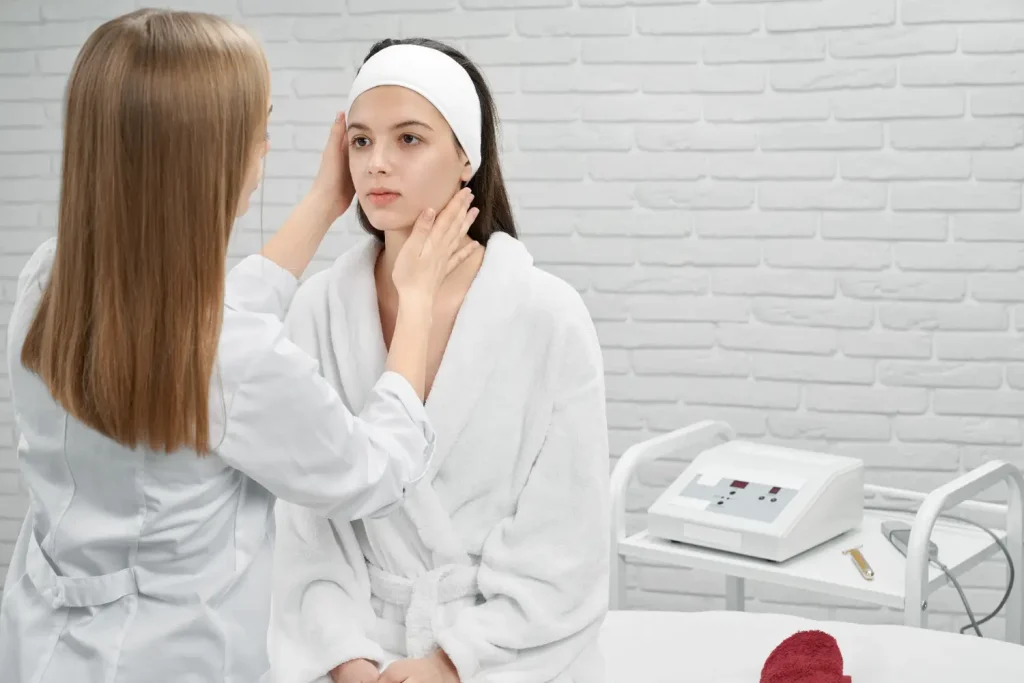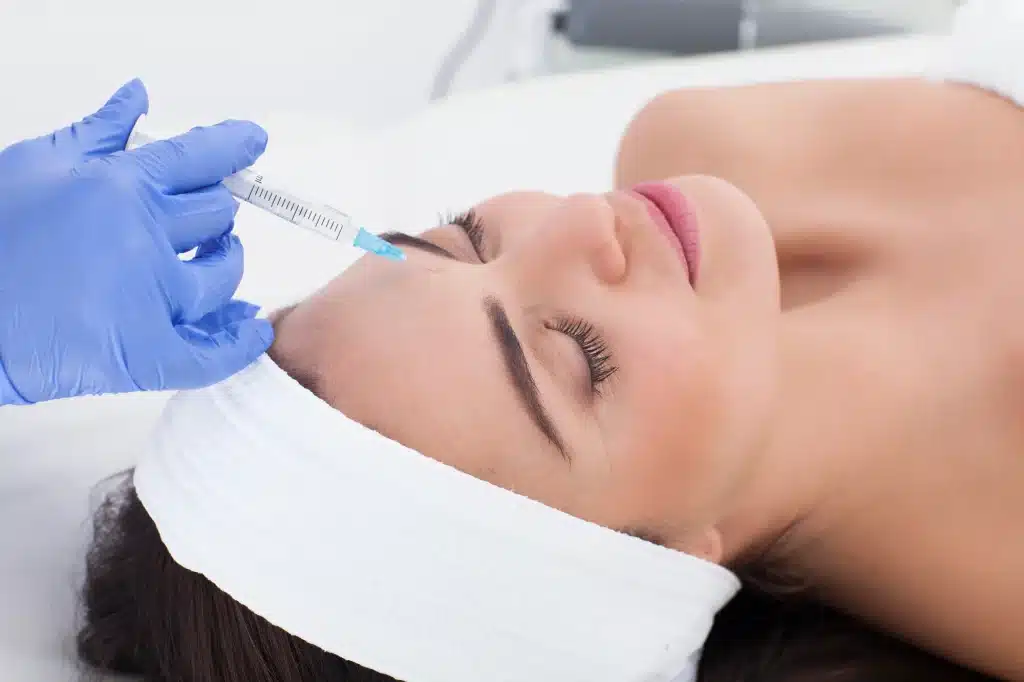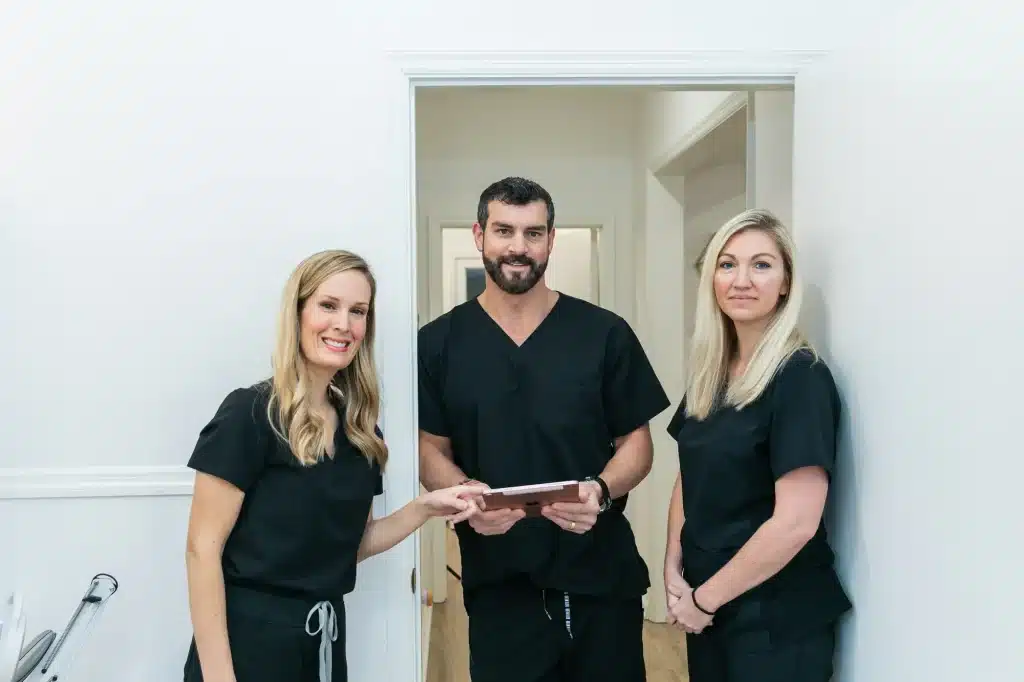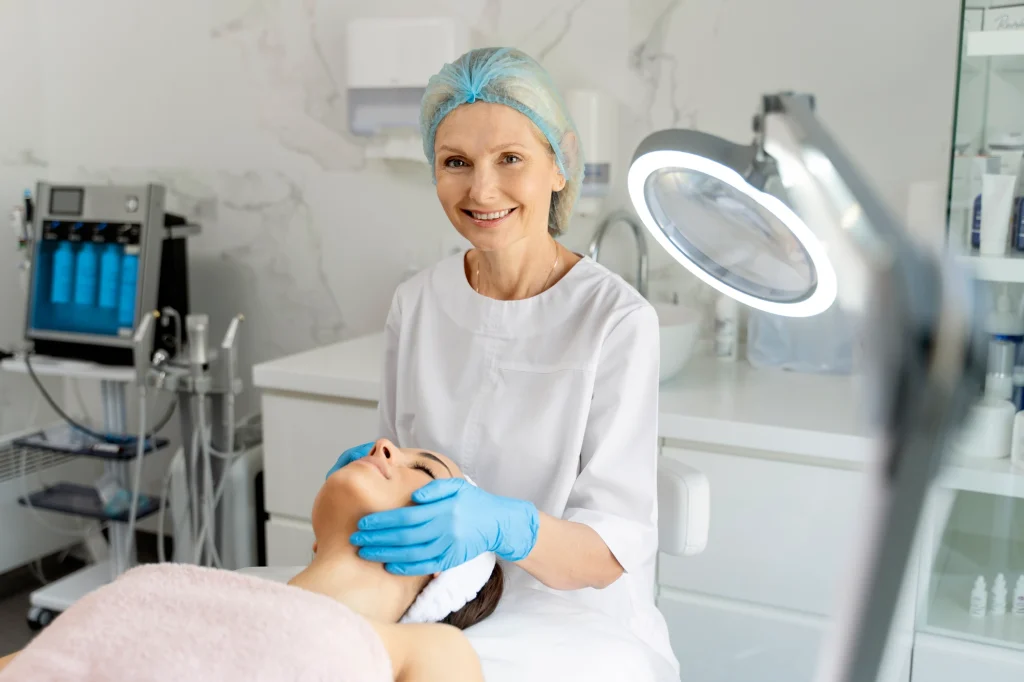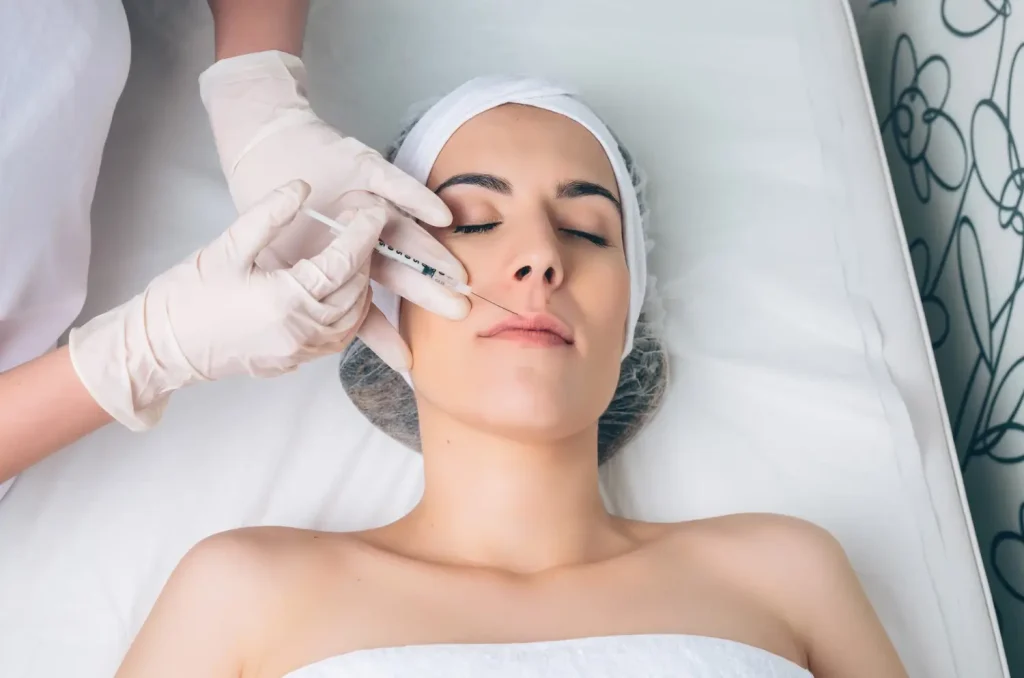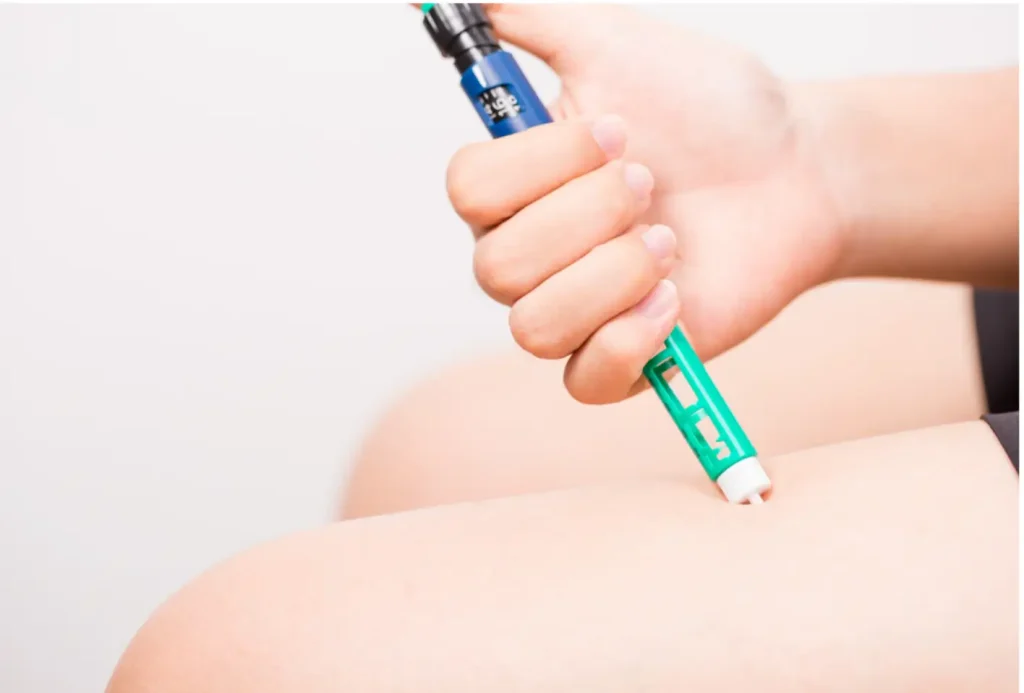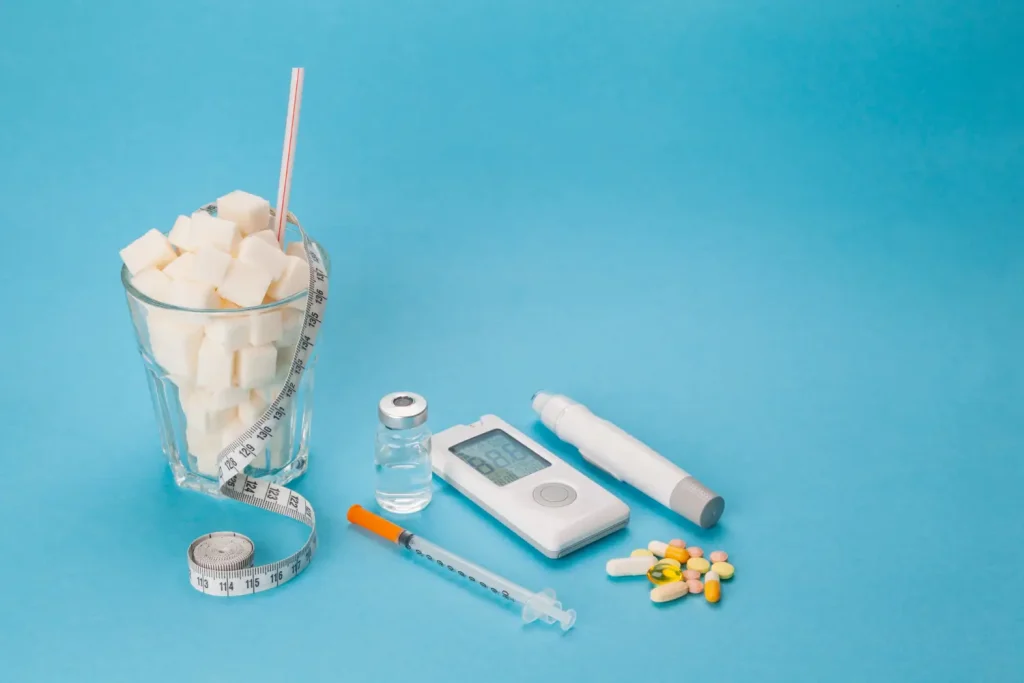Arthritis isn’t just one condition – it refers to more than 100 disorders that affect the joints and surrounding tissues. Among them, knee osteoarthritis is one of the most common causes of chronic pain and mobility loss, often making everyday movements difficult. For patients who need relief beyond oral pain relievers or physical therapy, one evidence-based option is viscosupplementation. This treatment involves injecting hyaluronic acid into the joint to restore lubrication and cushioning.
Orthovisc is a leading therapy in this category. It helps replenish the joint’s natural fluid, reducing friction and improving comfort during movement. Clinical research shows that some patients start to feel better within a few weeks, while others notice gradual improvement over the full injection series. Factors like disease severity, lifestyle, and activity level all play a role in how quickly results appear.
In this article, we’ll explore how long Orthovisc takes to work, what influences treatment outcomes, and how patients can set realistic expectations for recovery and long-term relief.
Key Takeaways
- Orthovisc works gradually, with most patients beginning to feel relief within 2 to 6 weeks after treatment and full benefit typically reached by week 6.
- Pain relief from Orthovisc injections can last up to six months, depending on joint condition, age, and lifestyle factors.
- The treatment helps by restoring joint lubrication, reducing inflammation, and protecting cartilage, rather than masking pain like corticosteroids.
- Some mild injection-site soreness or swelling may occur during the first few days but usually resolves quickly.
- Individual results vary—patients with early to moderate osteoarthritis, healthy body weight, and regular low-impact exercise often respond best.
- Consistent follow-up care, including physical therapy and weight management, helps extend Orthovisc’s benefits and maintain joint health.
About: Medical Spa RX provides medical practices with premium products at the best prices. If you’re looking to buy Orthovisc online for your practice, the sales representatives at Medical Spa RX can give you guidance.
Typical Timeline of Pain Relief After Orthovisc Injections
Orthovisc injections work gradually, allowing hyaluronic acid to blend with the joint’s natural fluid and restore smooth movement. Unlike corticosteroid or pain-relief injections that act quickly but wear off fast, Orthovisc focuses on improving joint function over time, offering more stable, long-term results.
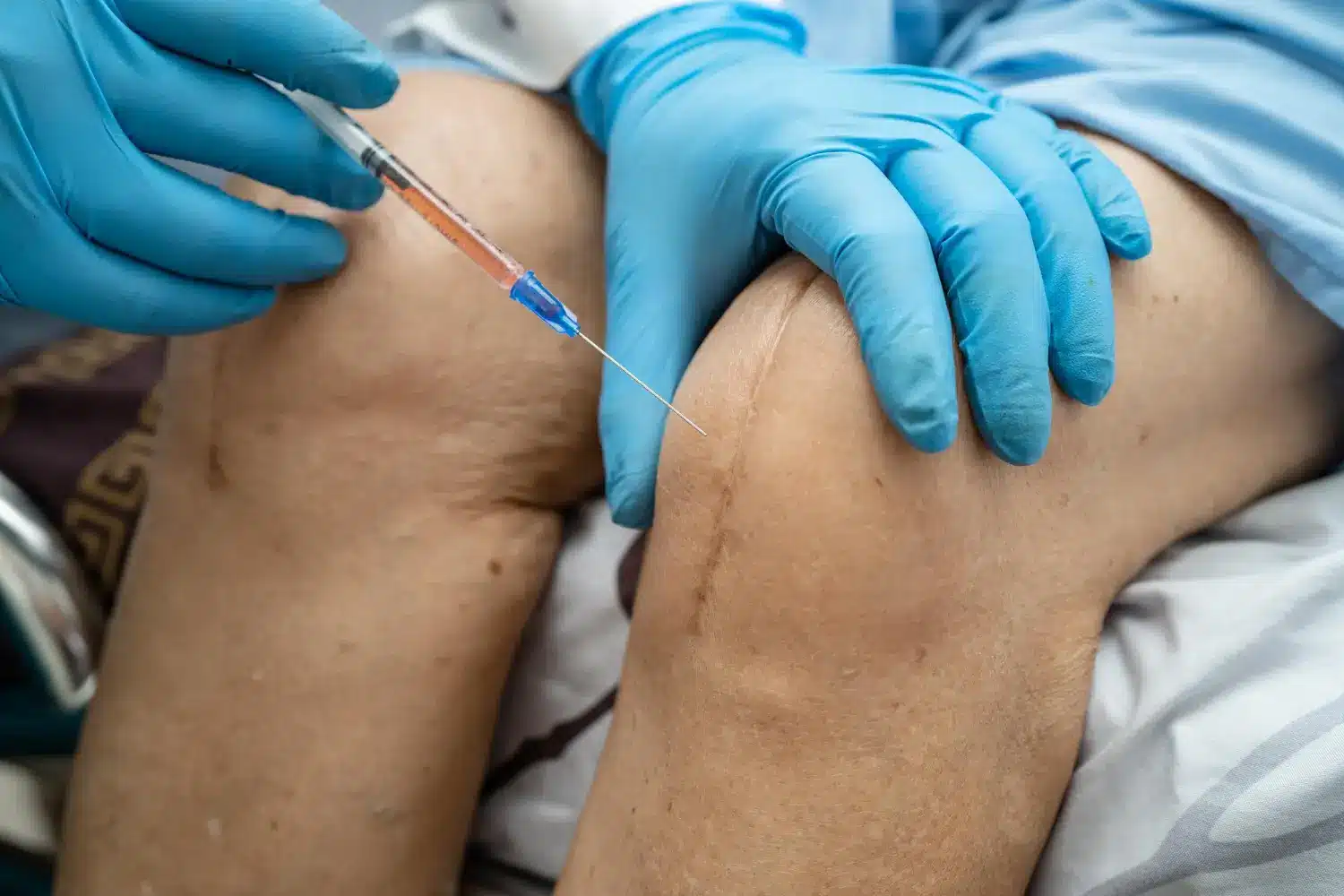
Patients often experience a progressive reduction in stiffness and pain as the series progresses. Here’s what the general timeline of relief may look like:
- Days 1–7: Some patients may feel mild soreness or temporary swelling at the injection site, which typically resolves within a few days. Early pain relief is uncommon at this stage.
- Weeks 2–3: Gradual improvement may begin, with less stiffness and greater comfort during movement.
- Weeks 4–6: This is when most patients experience noticeable relief, including better joint function and reduced pain.
- Beyond 6 weeks to 3 months: Continued improvement is possible, with comfort and flexibility often reaching their peak.
- Duration of benefit: Clinical data show pain relief can last up to six months, though individual experiences vary.
Why Orthovisc Provides Gradual Rather Than Immediate Relief
Orthovisc works differently from quick-acting options like corticosteroid injections or local anesthetics. Instead of instantly numbing pain, it targets the underlying problem—the breakdown of natural synovial fluid inside the joint. By improving fluid quality over time, Orthovisc offers longer-lasting, more consistent relief.
Several biological factors explain this gradual onset:
- Viscosupplementation Mechanism: Orthovisc restores the thickness and elasticity of joint fluid, which takes time to integrate fully.
- Inflammation Modulation: It slowly reduces inflammatory molecules within the joint rather than suppressing them abruptly.
- Cartilage Protection: Improved lubrication helps protect cartilage and synovial tissue from further wear, promoting smoother motion.
- Distribution Through the Joint: The injected fluid spreads across joint tissues over several days for uniform effect.
- Muscle Adaptation: As pain eases, surrounding muscles and ligaments adjust, enhancing stability and function.
These processes explain why Orthovisc’s benefits build gradually—favoring durability and joint protection over immediate but short-lived pain relief.
Patient Factors That Influence Orthovisc Onset
The speed and strength of response to Orthovisc can differ widely among patients. Several personal and clinical factors influence how soon relief is felt and how long it lasts:
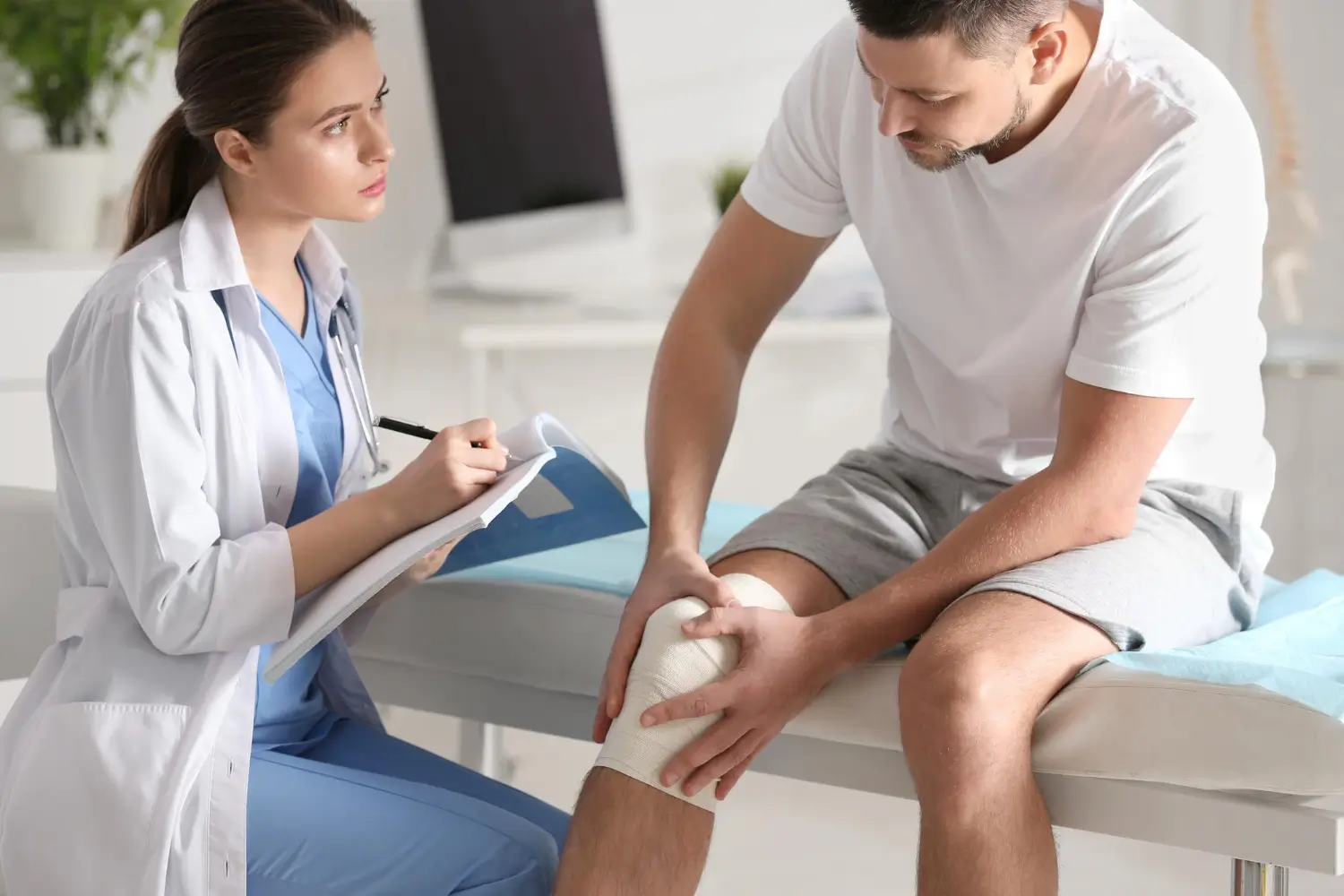
- Severity of Osteoarthritis: Early- to mid-stage patients often respond faster than those with advanced joint damage.
- Inflammation Levels: High inflammation can delay early improvement.
- Age and Metabolic Health: Older adults or those with metabolic conditions like diabetes may see a slower response.
- Joint Load and Activity Level: Excess weight or intense physical activity can increase pressure on joints, affecting recovery speed.
- Previous Treatments: Prior corticosteroid injections or viscosupplementation may alter results.
- Concurrent Therapies: Combining Orthovisc with physical therapy, exercise, or weight management can enhance effectiveness.
- Joint Size: Larger joints, such as the knee, often respond faster because of better fluid distribution.
Recognizing these factors helps clinicians guide patients toward realistic expectations and optimize long-term outcomes.
Counseling Patients on Realistic Expectations for Orthovisc
When discussing Orthovisc with patients, it’s important to emphasize that relief develops gradually over several weeks. It’s not an instant fix but a steady process that rebuilds lubrication and reduces friction in the joint. Many patients ask, “Does Orthovisc really work?”—and the honest answer is yes, for many people, but results vary depending on disease severity, health status, and adherence to care.
Patients should understand that Orthovisc’s goal is pain reduction and improved function, not a cure for osteoarthritis. Encouraging realistic expectations—such as expecting improvement within 4–6 weeks and durability for about six months—helps avoid frustration and ensures treatment satisfaction.
Providers should also highlight the importance of follow-up care, including physical therapy, joint-friendly activities, and weight control. These measures reinforce Orthovisc’s benefits and may extend its effects. Open communication helps patients stay informed, patient, and actively involved in their joint health.
Conclusion
Most patients begin to feel noticeable improvement between 2 and 6 weeks after starting Orthovisc injections. The maximum benefit typically appears around Week 6, with results lasting up to six months, depending on joint condition and lifestyle. Because Orthovisc acts as a viscosupplement and anti-inflammatory modulator, its effects build gradually rather than appearing overnight.
Response time varies, but with proper guidance, aftercare, and consistent follow-up, Orthovisc can deliver meaningful, long-term pain relief for people seeking non-surgical solutions to osteoarthritis discomfort.
FAQs
1. How long does Orthovisc take to work?
Most patients begin noticing relief after 1–2 weeks, with peak benefits by 4–6 weeks.
2. When will I feel maximum benefit from Orthovisc?
The maximum effect usually occurs between 4 and 6 weeks, though mild improvements may continue beyond that.
3. What if I feel nothing in the first few weeks?
That’s normal. Because Orthovisc works gradually, clinicians typically wait 8–12 weeks before determining whether it was effective.
4. How long do Orthovisc results last?
Relief generally lasts up to six months, depending on disease severity and activity level.
5. Can the Orthovisc results timeline vary among patients?
Yes. Factors like age, inflammation, weight, and concurrent therapies all influence how quickly and effectively Orthovisc works.
References
Arthritis. Harvard Health. Published March 9, 2023. https://www.health.harvard.edu/topics/arthritis
World Health Organization: WHO. Osteoarthritis. Published July 14, 2023. https://www.who.int/news-room/fact-sheets/detail/osteoarthritis
Orthovisc: Uses, dosage, side effects, warnings. Drugs.com. https://www.drugs.com/orthovisc.html

